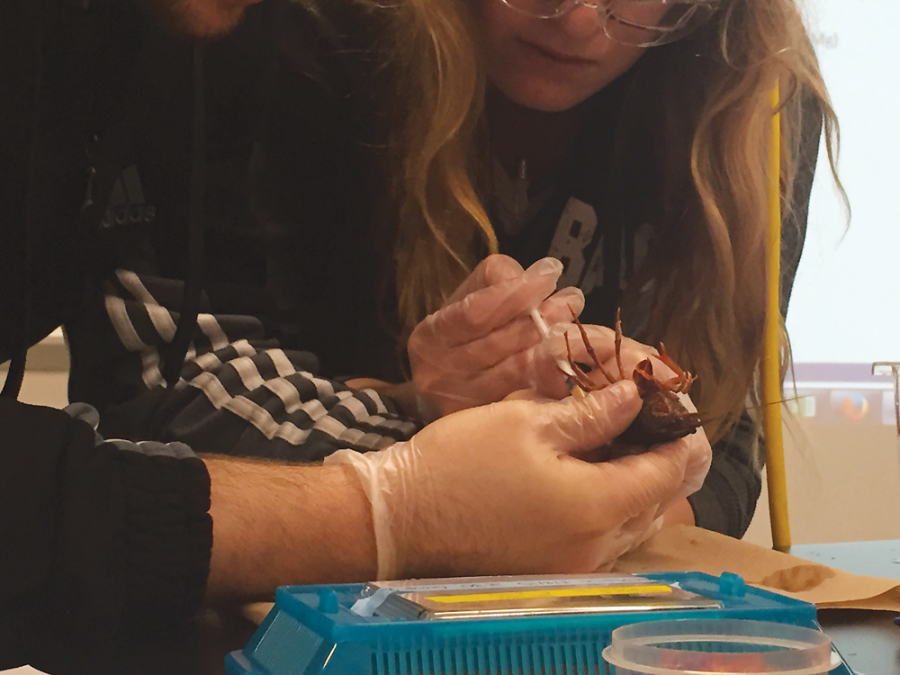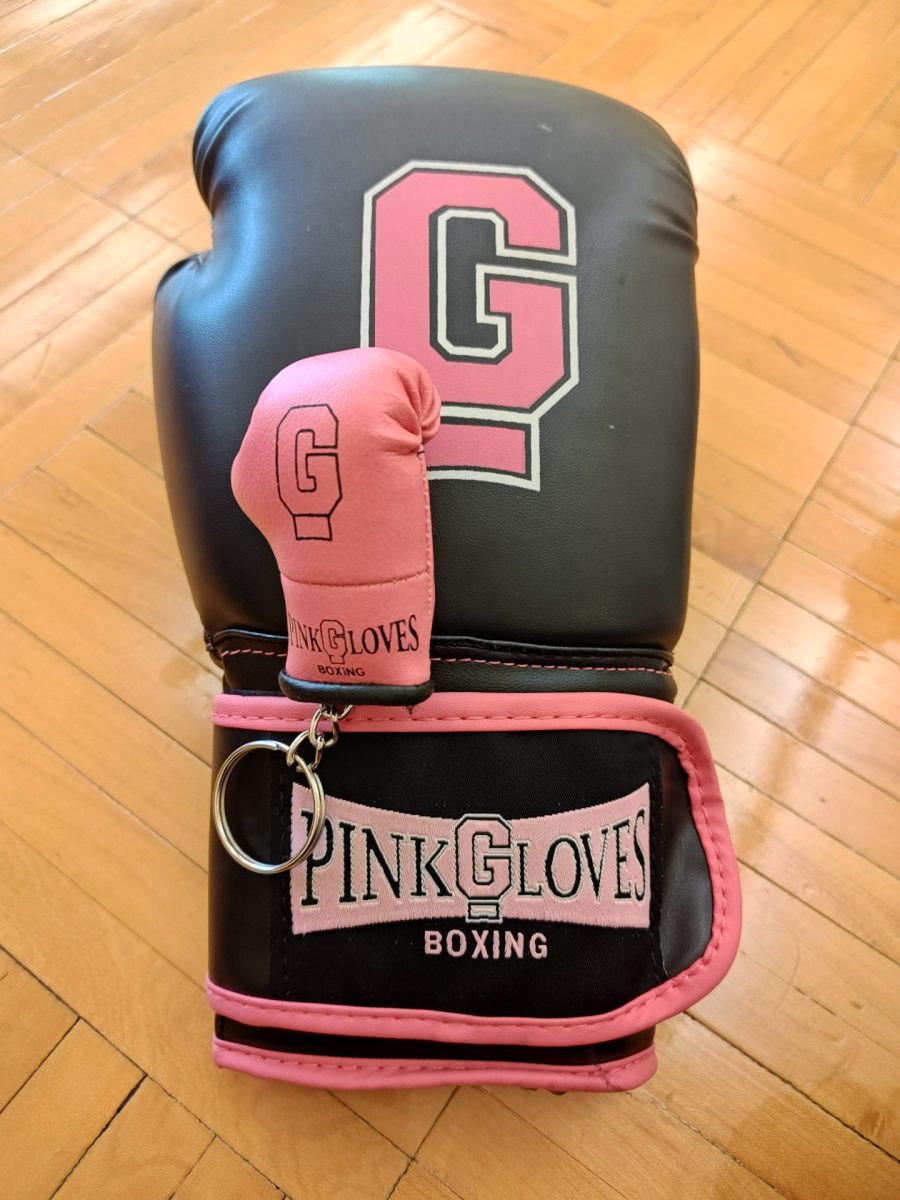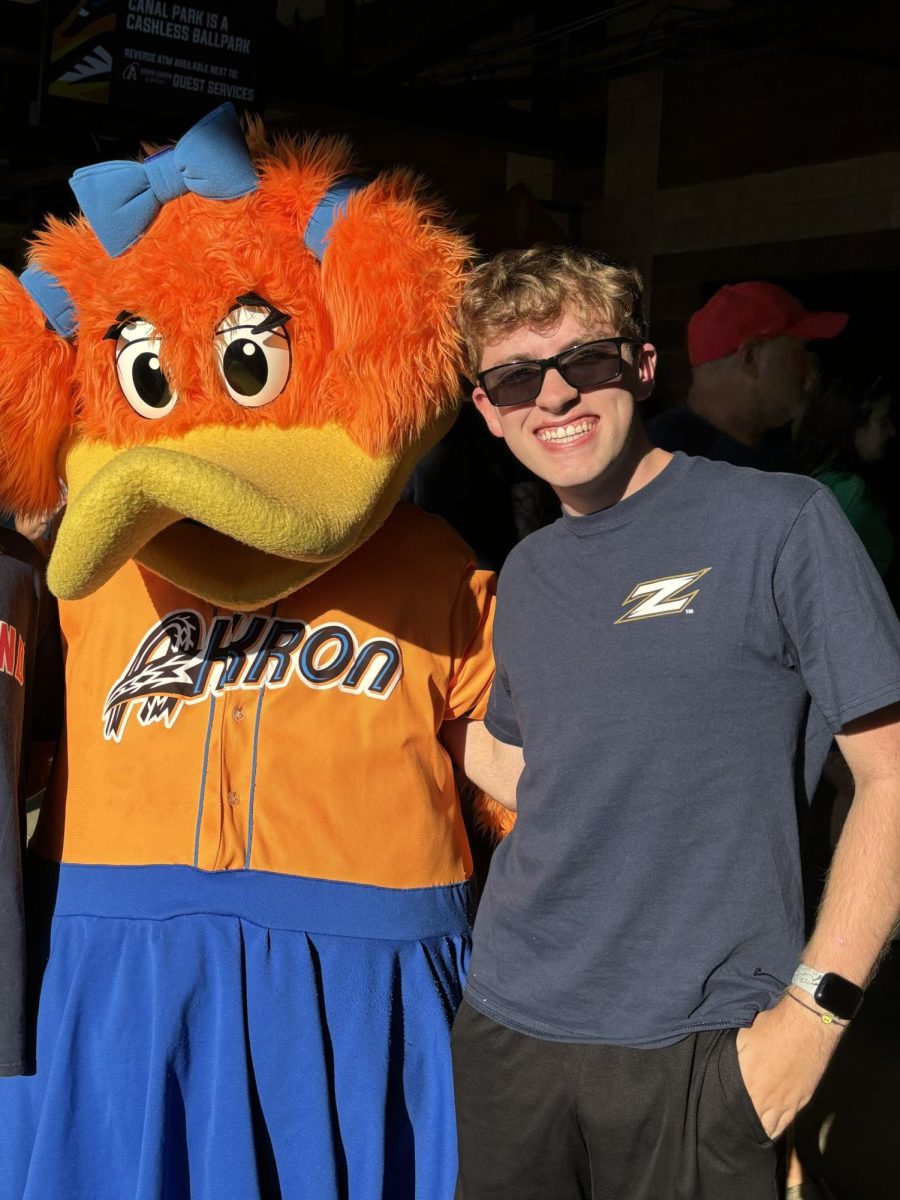Animal testing at UA
$1 million renovation to accredit Auburn Vivarium
Students in a Biology ll lab inject hormones into a crayfish to manipulate stress levels in an experiment.
April 8, 2015
Unknown to many students, there is a three-story, 14,600 square-foot animal research vivarium in UA’s Auburn Science and Engineering Center. It will soon undergo a $1 million renovation; bid information for the project was placed online two weeks ago.
Multiple disciplines and colleges use vivariums for animal testing research. The UA Auburn Animal Research Lab Vivarium was built in the 1990s.
The current facility is not accredited by the Association for Assessment and Accreditation in Laboratory Animal Care. UA is doing the vivarium renovation in order to meet the current standards, addressing the design, engineering, and changes needed to achieve AAALAC accreditation. Ted Curtis, vice president of UA Capital Planning, is overseeing the project.
The online bid proposes $288,000 for general trades, $88,000 for plumbing and fire protection, $490,000 for mechanical renovations, and $134,000 for electrical renovations.
New information technology and energy conservation equipment will also be introduced. The renovations will not involve significant alterations to the spatial layout of the current facility; however, accreditation standards might require small changes or new utility equipment.
The vivarium will be ready for use in spring 2016. UA Capital Planning will receive the bid on April 20, 2015.
According to the Office of Research Administration’s website, all research projects must be reviewed by the Institutional Animal Care and Use Committee. UA is required by federal law and regulation to review all research involving animals.
IACUC requires all animal researchers to prepare an application that describes the methods used in a new project. The researchers must describe all procedures involving breeding, genotyping, surgical and nonsurgical manipulations, anesthesia and sedation, post procedural care, euthanasia methods, and introduction of chemicals into the animal body. They must also classify procedures based on their level of pain and distress and justify the use of the animals. Basic living conditions must be described. Subsequent applications must be submitted if the project continues beyond one year.
Each October, IACUC offers mandatory training in the proper handling and use of laboratory animals. All researchers who might handle animals must attend this training before the start of a research project.
Information from a U.S. Department of Agriculture report shows that UA professors and students performed research on over 1,000 animals in 2013, ranging from teaching, research, surgical, and testing purposes.
According to an article on cleveland.com, the USDA cited UA in November 2013 after discovering two voles, a type of rodent, died in cages with empty water bottles. This was following a complaint from the organization “Stop Animal Exploitation Now.” Nationally, 46 research laboratories at 27 universities and 19 private facilities killed over 230 animals through negligence the same year.
The main function of UA’s vivarium is the housing of animals. Currently, researchers engaging in animal testing at UA are conducting mitochondrial and neural studies.
The UA Office of Research Administration and the UA vivarium supervisor, Kelly Stevanov, declined to provide information about the renovations and the general research that is conducted in the animal testing laboratory, because animal activists “are always looking for an opportunity to disrupt research,” Stevanov said.










